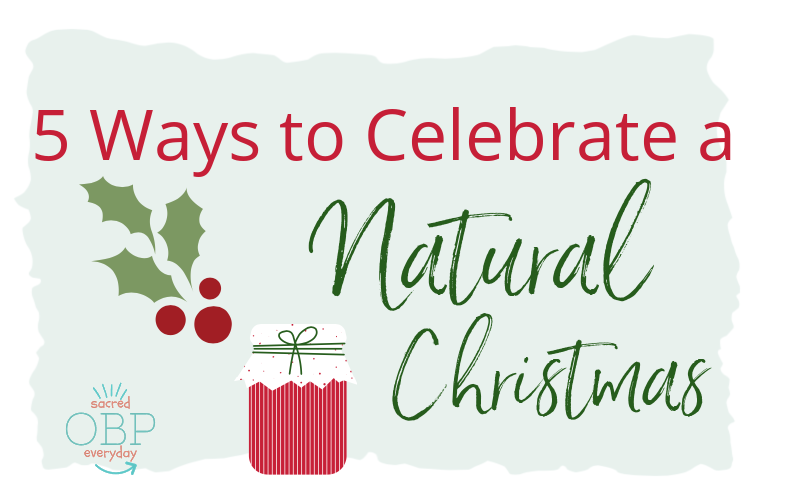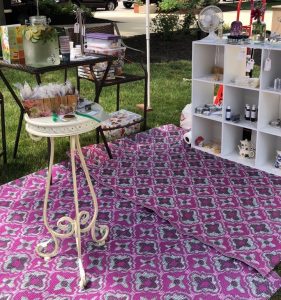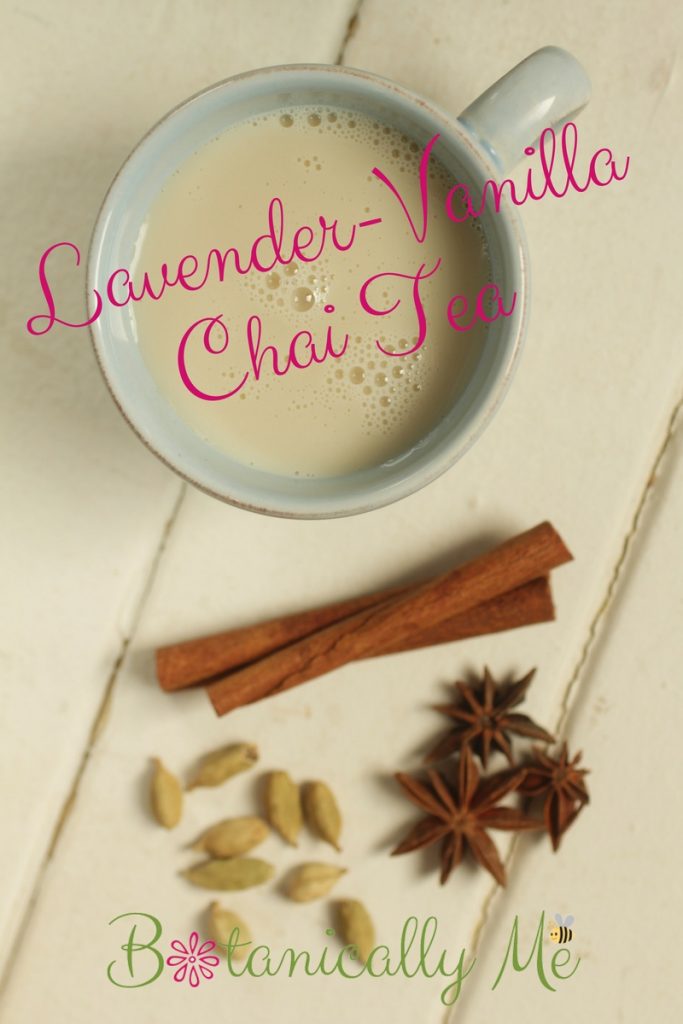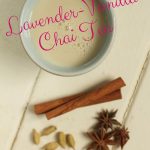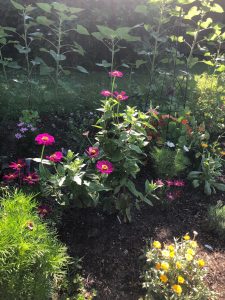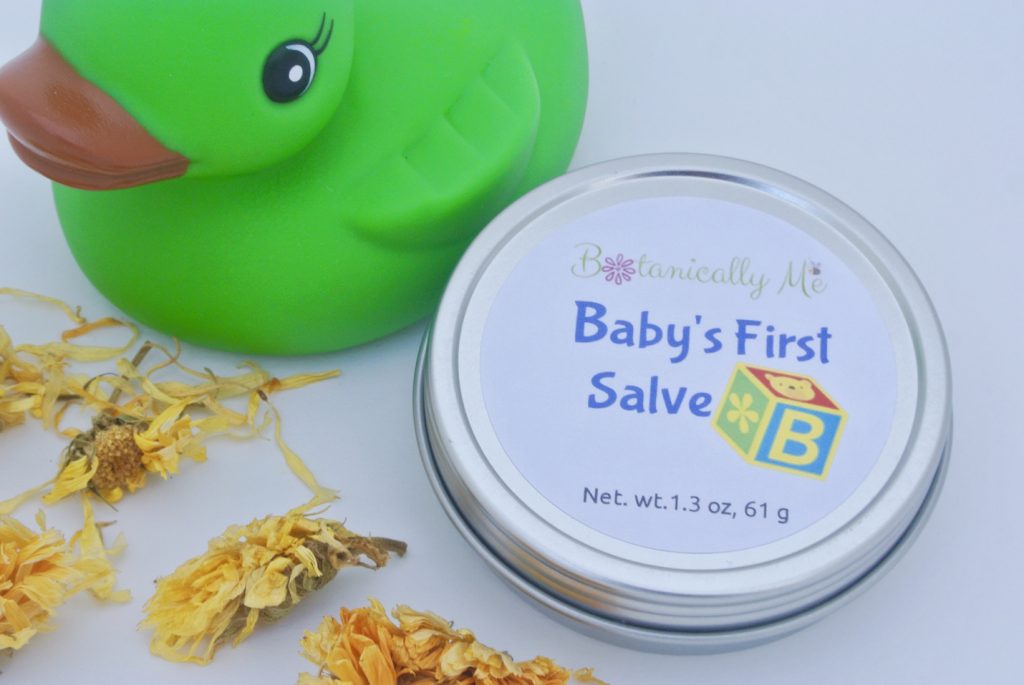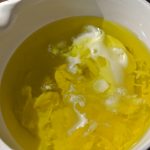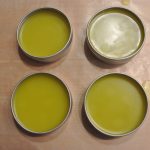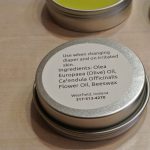Simple Steps to Using Medicinal Herbs
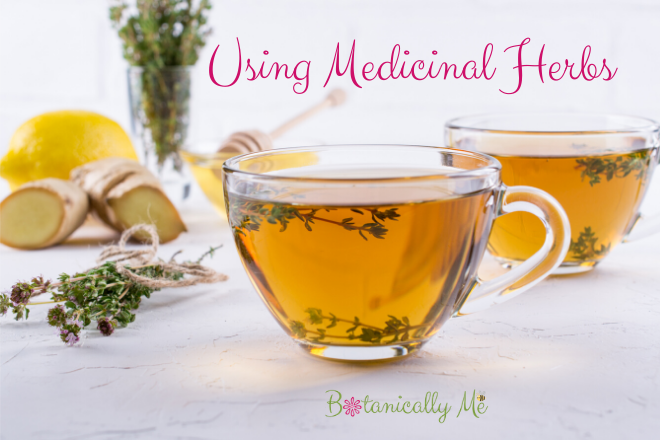
If you’ve never tried medicinal herbs before, now is a good time to make them part of your health and wellness plan. With colds and flu and new threats like COVID-19, we are all fighting to stay as healthy as possible. If you think using medicinal herbs sounds complicated, it’s not. It can be as simple as drinking a cup of yummy herb tea.
In the short video below, I outline a few of the herbs I’m using right now. Use this as a springboard to try with your own family. Just as a reminder, I am not a doctor, and this is not medical advice. Consult your health care practitioner with any specific questions regarding the use of herbs and medications you may be taking or health conditions you may have. This is for educational purposes only.
Medicinal Herbs
Below are the medicinal herbs I mention in the video. I’ve included just a few of the actions each herb is known for – there are more beyond what I list. Feel free to research them for more in-depth information. And please note, I am using the herb — NOT the essential oil.
- Thyme (Thymus vulgaris). Thyme is an antimicrobial, anti-inflammatory, a respiratory antimicrobial, and a relaxant. It can be prepared as a steam, infused in water as a tea or infused in vinegar for topical use, or used as a tincture. You’re probably most familiar with it as a cooking spice. Concerns: Thyme is very warming and may be too much for young children. Try sage or fennel instead internally and try pine for steams.
- Mullein (Verbascum thapsus, V. densiflorum). Mullein is a antimicrobial, anti-inflammatory, anticatarrhal (removes excess mucus), moistening expectorant, respiratory relaxant, and nervous sedative. It’s excellent for coughs. Mullein can be prepared as a tea, tincture, or applied topically. Concerns: Mullein leaves have tiny hairs. If you are using the leaves fresh, be sure to strain the tea well.
- Ginger (Zingiber officinale). Ginger is an anti-inflammatory, antispasmodic, and relaxant. It can be made into a tea, tincture, added to food, and even candied. It can also be used topically in a remedy to help with aches and pains. Concerns: Ginger has a blood-thinning effect, so consult your doctor if you take blood-thinner medication. Also, ginger may increase the menstrual flow of those with already heavy cycles.
- Tulsi, also called Holy Basil, (Ocimum sanctum, tenuiflorum) is an adaptogen, an antimicrobial, anxiolytic (anti-anxiety), nervine, and immunomodulator. It can be used as a tea, a tincture, and infused into honey. Concerns: Tulsi can have a significant blood-sugar lowering effect, so if you take medications for high blood sugar, monitor your glucose levels regularly.
- Elder (both berries and flowers) Sambucus nigra, S. canadensis. Elder is an antimicrobial, antiviral, an immune stimulant, an antitussive (reduces the urge to cough), a respiratory antispasmodic, and a relaxant. It can be prepared as a tea, tincture, elixir, syrup, and honey infusion. Artisans also use elderflowers to make flavored liqueurs. Concerns. Don’t eat the berries raw. Cook them first. Large amounts have a laxative effect.
Bulk Herb Resources
I purchase many of my bulk herbs at the Good Earth store in Broad Ripple, Indiana. If you don’t have a local source, try purchasing bulk online. I’ve used both of these businesses and can vouch for the quality of their products.
Note: Keep in mind that during the pandemic, herb businesses have been inundated with orders, so at times a company may stop taking orders until they can get caught up.
Thyme, a Powerful Herb
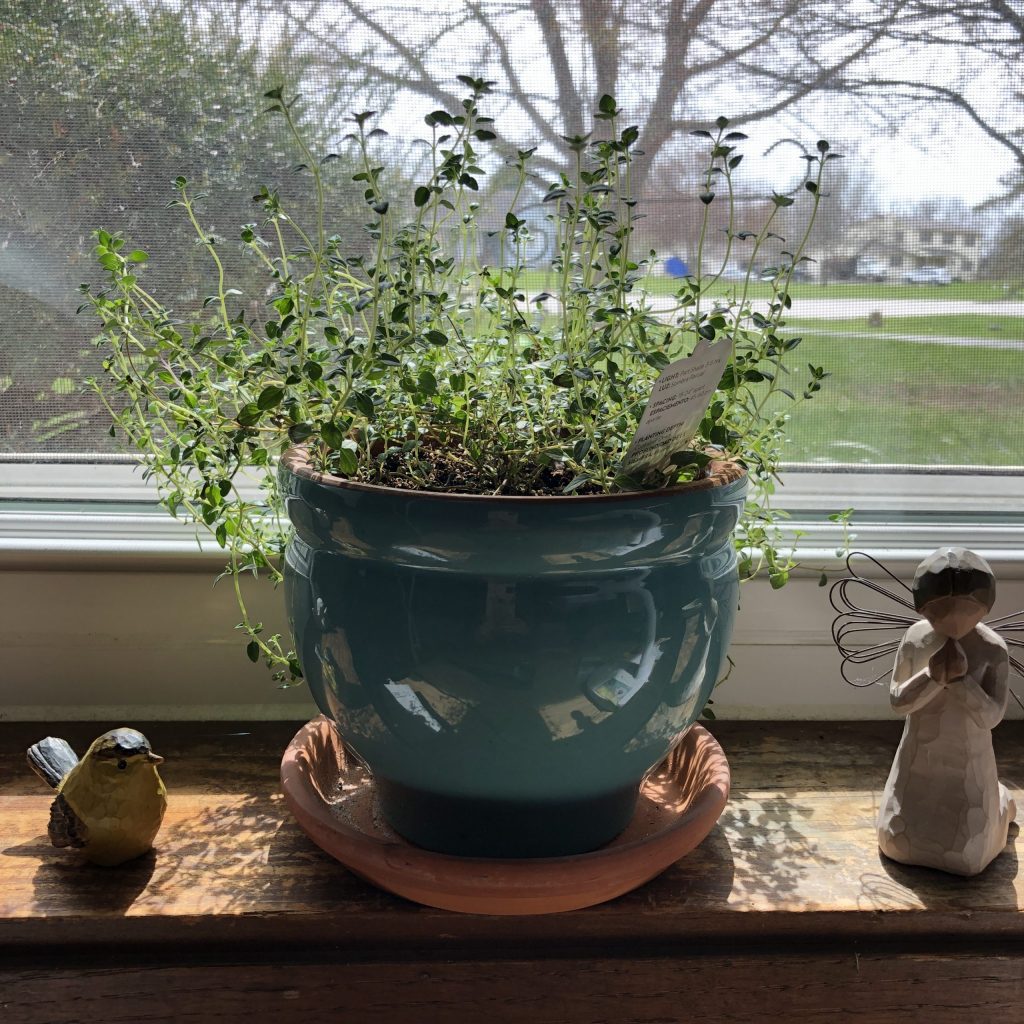
As I noted in the video, thyme is a perfect herb to use in a steam for respiratory issues. Its antimicrobial action is in its essential oil, which is released in the steam.
To give a bit of background on how a steam works, it helps to understand the following information. When a person inhales, the molecules are absorbed into two different parts of your nasal cavity: the olfactory part and the respiratory part. According to Jade Shutes in Foundation of Aromatherapy, “As the aromatic air-born molecules travel up through the nasal cavity, some molecules are absorbed by the olfactory epithelium [that go into the brain and limbic system], while the remainder are inhaled via the respiratory tract into the lungs.”
Effective Against Pathogens
What happens next with a thyme steam is pretty amazing. In the book Herbal Medicine for Beginners, Katja Swift and Ryn Midura state that “Breathed deeply into the lungs, thyme steam kills respiratory pathogens on contact, warms and moistens the lungs, and loosens phlegm.”
If you’d like to explore this more, here’s a link to the study Antimicrobial Properties of Plant Essential Oils against Human Pathogens and Their Mode of Action: An Updated Review. It’s published in the journal Evidenced Based Complementary and Alternative Medicine. The article lists some of the specific pathogens that thyme kills. It’s fascinating that this tasty herb is so powerful! The article also lists several other herbs and the pathogens that they are effective against too. To find that information quickly, just scroll down the article until you see the chart.
How To Do a Thyme Steam
Now that you understand how a thyme steam can be beneficial, let’s look at how to do one.
- Boil from 1/2 to 1 gallon of water in a large pot. Remove from heat.
- Set the pot on a heat-proof surface.
- Add 1/4 to 1/2 cup of dried thyme leaves (the same thyme as you cook with) to the pot.
- Create a tent with a towel and sit under the tent with your face about 12 inches above the pot. Deeply inhale the steam for 5 to 10 minutes or so.
- Be careful not to spill; carefully monitor children if they are nearby. If using with children, pine needles (Pinus strobes) may be a gentler choice for them.
How To Make an Herbal Tea
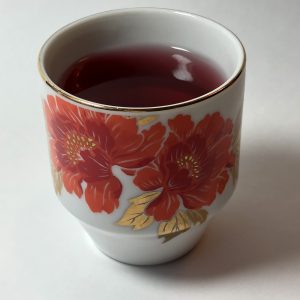
All of the herbs discussed here can be infused (even the ginger root) in just-off-the boil water. You can use these herbs individually or mix and match them together for a blend.
- Boil about 8 ounces of water.
- Add from 1 tsp. to 1/2 tbs. of dried herb, depending on how strong you like your tea. If using fresh ginger, cut about one inch of the root into thin slices. Cover the top (so the constituents don’t evaporate with the steam) and steep for 5 to 10 minutes.
- Strain and drink.
Thermal Carafe
Interested in making a larger batch of tea in the morning? Here’s an affiliate link to the thermal carafe that you see in the video. I use this almost everyday to make about one quart of tea that I drink throughout the morning and early afternoon. Use 2 to 3 tablespoons of dried herbs for 1 quart of tea.
Tinctures
Tinctures, or herbal extracts as they are also called, are another simple way to enjoy the healing benefits of herbs. They are stronger than a tea and can be used simply by adding a dropperful to a few ounces of water and drinking. It’s a several week process to make tinctures at home, but they are widely available online and in local health food stores.
Favorite Medicinal Herbs
I pray you’re staying healthy during these challenging days. I’d love to hear what you’re doing to care for yourself and family. Perhaps you have a favorite herb you’ve been using lately to try and boost your immune system or as an anti-stress remedy. Feel free to leave a comment or question below.
Thanks for stopping by!

